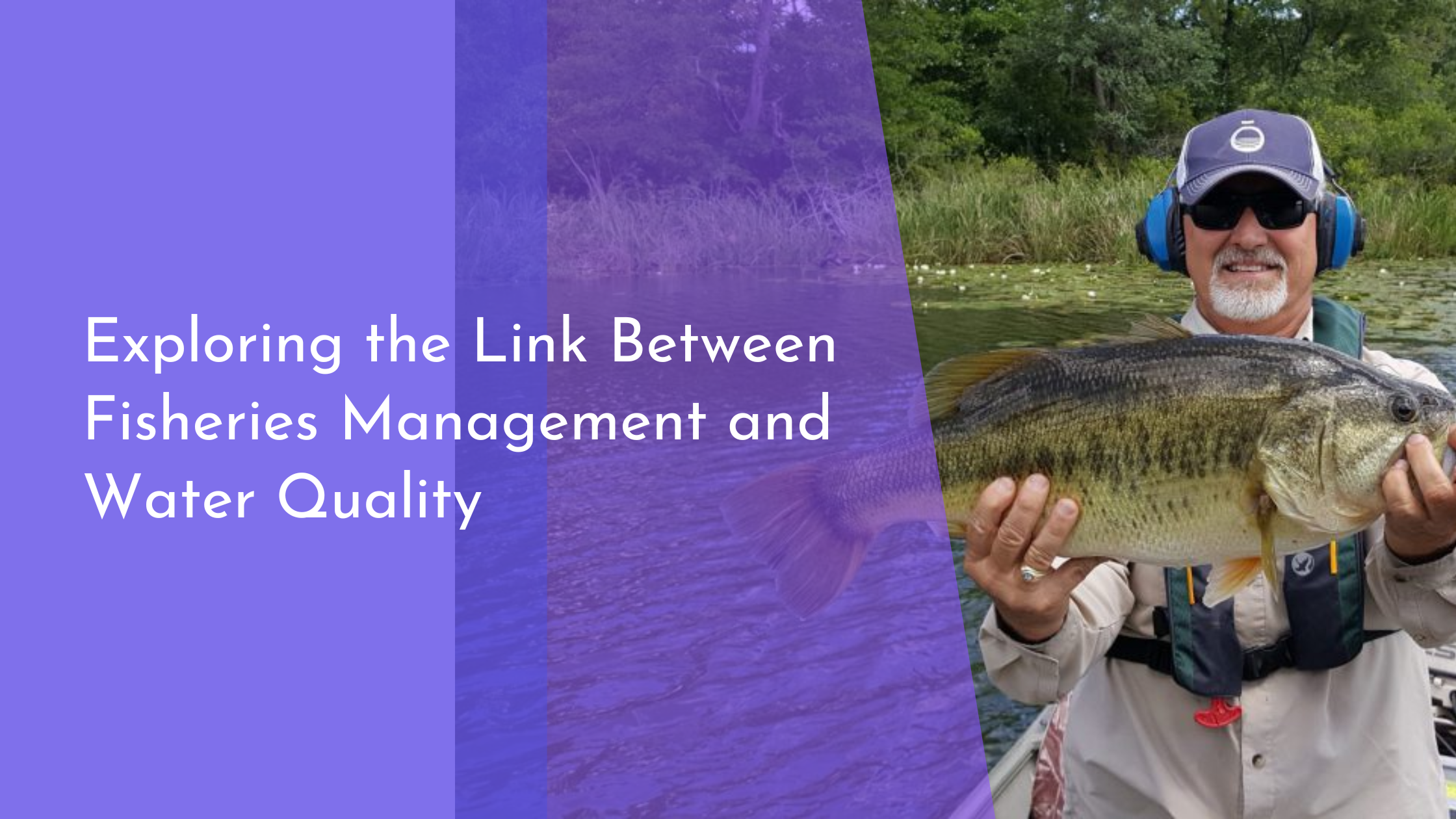Exploring the Link Between Fisheries Management and Water Quality
Fisheries management and water quality are intricately linked, shaping not just the health of aquatic ecosystems but also the communities and industries that rely on them. As we navigate an era of environmental awareness and resource conservation, understanding the relationship between these two elements is crucial. This article explores the fundamentals of fisheries management, the profound impact of water quality on aquatic life, and the strategies that can ensure a sustainable future for our fisheries.
Understanding Fisheries Management Basics
Fisheries management is the practice of managing and regulating fishery resources to ensure sustainable exploitation. It involves setting and enforcing rules for the conservation of fish stocks and the habitats in which they thrive. Key elements of fisheries management include assessing fish populations, setting quotas, monitoring fishing activities, and implementing conservation measures. These efforts are essential to maintain the balance between harvesting fish and preserving the natural ecosystems that support them.
A critical aspect of fisheries management is the integration of scientific research into decision-making processes. By leveraging data from ecological studies, fisheries managers can make informed decisions that help to protect fish populations while allowing for their sustainable use. This integration also involves the participation of various stakeholders, including government agencies, fishermen, and environmental organizations, ensuring that management strategies consider ecological, economic, and social perspectives. This holistic approach helps to create a sustainable and vibrant future for fisheries around the world.
The Impact of Water Quality on Fisheries
Water quality plays a significant role in the health and productivity of fish populations. Factors such as temperature, oxygen levels, and the presence of pollutants can affect the growth and survival of fish. Poor water quality can lead to a decline in fish populations, impacting the entire aquatic ecosystem and the economic viability of fisheries. For example, increased levels of pollutants like nitrogen and phosphorus can lead to eutrophication, resulting in algal blooms that deplete oxygen levels and cause fish kills.
Conversely, good water quality supports healthy fish populations by providing a suitable environment for breeding, feeding, and growth. Maintaining high standards of water quality is essential for the sustainability of fisheries and requires concerted efforts from all stakeholders, including industries, governments, and local communities. By addressing sources of pollution and implementing effective water management practices, we can protect the water bodies that are vital to both aquatic life and human livelihoods.
Strategies for Sustainable Fisheries Management
One effective strategy for sustainable fisheries management is the implementation of Marine Protected Areas (MPAs), which restrict human activity in key regions to allow ecosystems to recover and thrive. MPAs provide safe havens for fish populations to grow and reproduce, helping to replenish stocks and enhance biodiversity. This approach, combined with regulated fishing practices outside these areas, can lead to a balanced and resilient marine environment.
Another essential strategy is the use of adaptive management practices. This involves continuously monitoring fish populations and water conditions, and adjusting management strategies accordingly. Adaptive management allows for a dynamic response to changing environmental conditions and population dynamics, ensuring that fisheries remain sustainable even in the face of uncertainty. By incorporating flexibility into management plans, stakeholders can better address challenges and seize opportunities to enhance both fisheries and water quality.
Concluding Thoughts on a Bright Future
The link between fisheries management and water quality is undeniable, with each influencing the other in complex and profound ways. By understanding these connections, we can develop strategies that not only protect fish stocks but also promote healthy aquatic ecosystems. The future of fisheries is bright if we continue to prioritize sustainability and collaboration among stakeholders, harnessing the power of science and technology to guide us.
As we strive to meet the growing demand for seafood while preserving our natural resources, the importance of integrating fisheries management with water quality efforts cannot be overstated. By embracing innovative strategies and fostering cooperation among diverse groups, we can ensure that our fisheries remain robust and resilient. Together, we can pave the way for a future where both aquatic life and human communities flourish, supported by the harmonious balance of nature’s resources.

